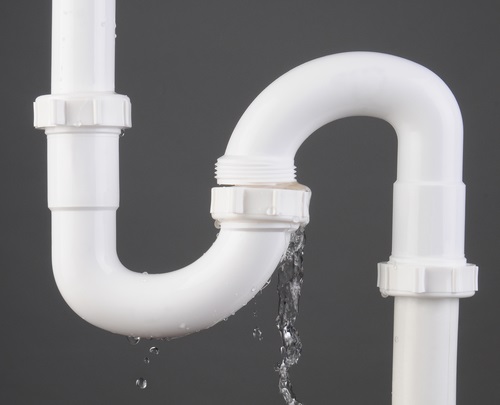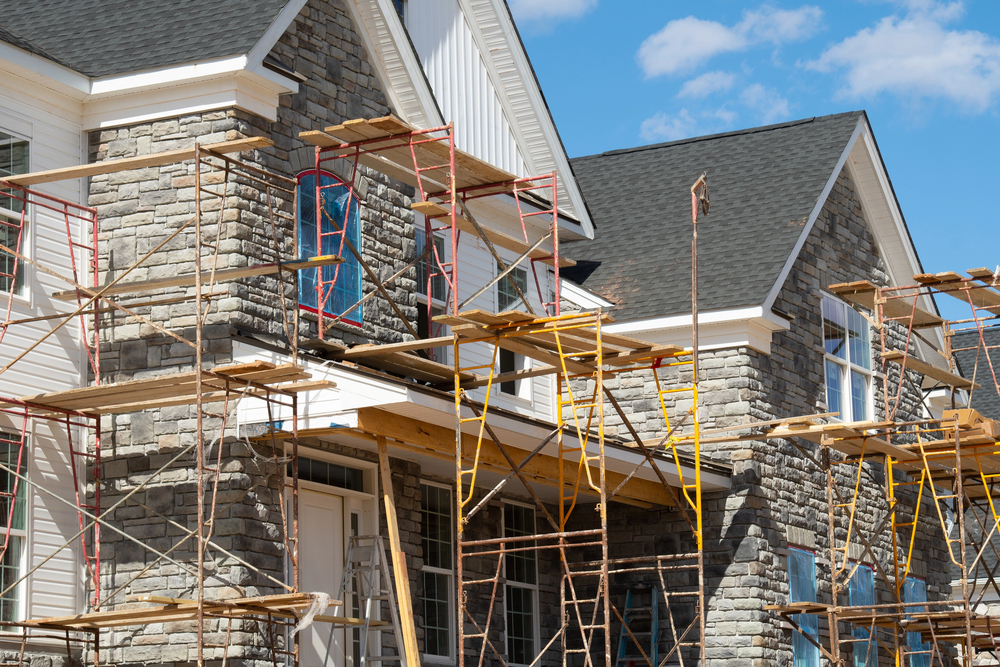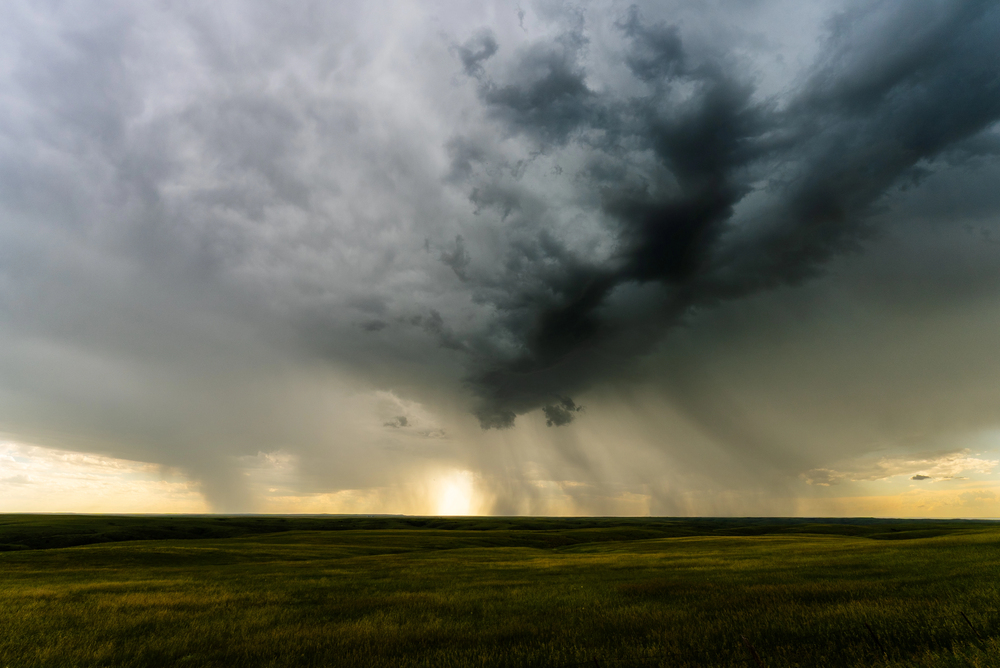Can a Carrier Deny Coverage for Water Damage from Leaking Pipes?

By: Chris Boggs
An insured was unaware that a pipe was leaking behind a wall. The first evidence of the leak, which ended up damaging the walls and floor, appeared as water stains on the drywall. When the insured noticed the stains, they opened the wall and fixed the pipe.
Q: “The homeowners carrier is denying the claim. In regard to water damage caused by a leaking pipe, the proprietary homeowners policy contains the following exclusionary wording:
We do not insure, however, for loss caused by: Constant or repeated seepage or leakage of water or steam over a period of weeks, months or years from within: a) A plumbing, heating, air conditioning or automatic fire protective sprinkler system or a household appliance on the ‘residence premises;’ or b) A storm drain or water, steam or sewer pipes off the residence premises.
For purposes of this provision, a plumbing system or household appliance does not include a sump, sump pump or related equipment or a roof drain, gutter, downspout or similar fixtures or equipment.
The carrier denial letter reads, in part:
About our decision: Our review showed that the pipe in the wall has been leaking for a long period of time causing mold and rot. As this loss is not sudden and accidental, and occurred over a period of time, there is no coverage for this loss.
Is the carrier right to deny the claim?”
A: “The carrier is applying an exclusion that does not exist. No part of this policy requires water damage from a leaking pipe to be ‘sudden and accidental.’ The exclusionary wording allows for some length of time for someone to discover leakage.
Exclusion 5) excludes coverage for ‘Constant or repeated seepage of water or steam over a period of weeks, months or years,’ which clearly grants an allowance of time for water damage. This form does not exclude coverage until the leak has existed over ‘weeks, months or years.’ But how long is that?
The exclusion is ambiguous about the length of time water must leak before the exclusion applies. The carrier must prove when the leak started, at least to a reasonable person, and define how the ambiguous wording excludes the damage.
You can find further proof that the leak doesn’t have to be ‘sudden’ in the Named Perils coverage under Coverage C. The grant of coverage reads:
12. Accidental Discharge or Overflow of Water or Steam
- This peril means accidental discharge or overflow of water or steam from within a plumbing, heating, air conditioning…
Even the named perils section of the policy extends coverage for water discharged accidentally—with no requirement of ‘suddenly.’ It would be unreasonable for a named peril coverage to be broader than an ‘open peril’ coverage.
Granted, some of the damage caused by mold may be excluded. However, the carrier can’t use the mold exclusion to exclude property damage caused by water that results in mold growth. The property damaged by the water should be covered. If mold grew and damaged property not damaged by the water, that is excluded. In other words, mold is excluded only if the mold is the direct cause of loss, not when it results from a covered cause of loss. Keep in mind: The carrier can’t generally use presence of mold to prove how long the leak was occurring, because mold can grow relatively quickly in the right conditions.
The carrier may have a point when it comes to wear and tear. The house is 47 years old, so utility services wear out. But the wear and tear exclusion eliminates coverage for the pipe, not the damage caused by water leaking from the pipe. This would be like denying a fire loss because wires aged and sparked a fire.
Lastly, it appears the insured met all applicable requirements surrounding the loss. They notified the agent as soon as they became aware of the loss, and they made repairs to protect the property from further damage.
Ultimately, the carrier must:
- Define ‘weeks, months or years.’
- Prove the pipe was leaking beyond that period.
- Tell the insured how long the leak was ongoing.
- Explain how they arrived at that determination.
If the carrier doesn’t respond as requested or is unwilling to reconsider, get the Department of Insurance involved. If the carrier is unwilling to properly justify its reasons for the exclusion, it borders on unfair trade practices and bad faith.
Note also that although some state-specific forms use the same or similar wording, no such exclusion exists in ISO’s standard homeowners forms. ISO’s Commercial Property Special Cause of Loss form (CP 10 30) does exclude damage caused by: ‘f. Continuous or repeated seepage or leakage of water, or the presence or condensation of humidity, moisture or vapor, that occurs over a period of 14 days or more.’”
Chris Boggs is executive director of the Big “I” Virtual University (VU).
This question was originally submitted by an agent through the VU’s Ask an Expert Service. Answers to other coverage questions are available on the VU website. If you need help accessing the website, request login information.










